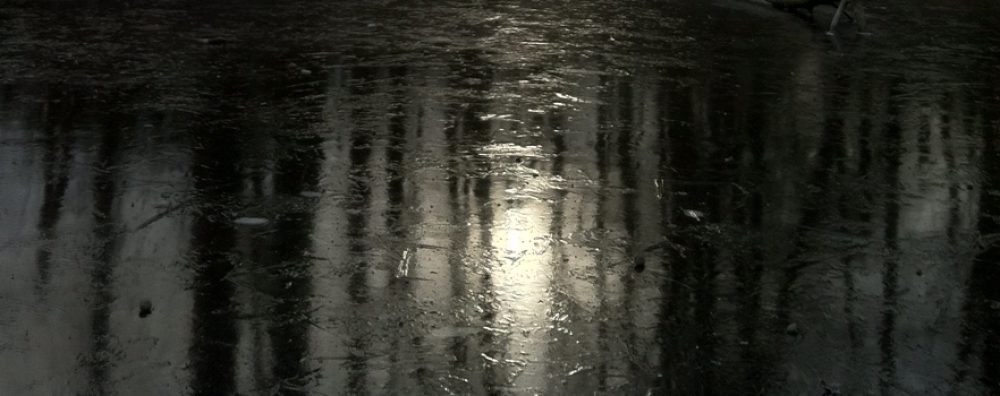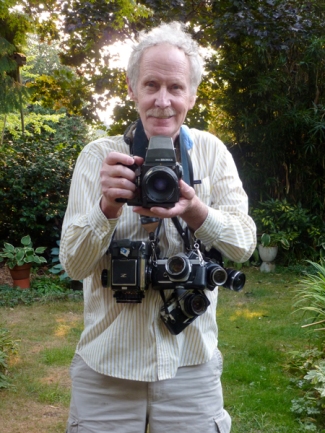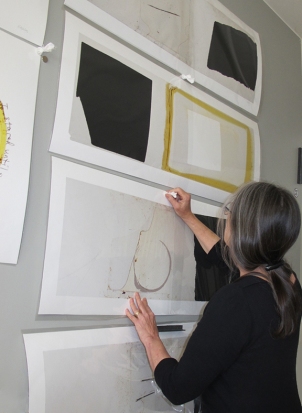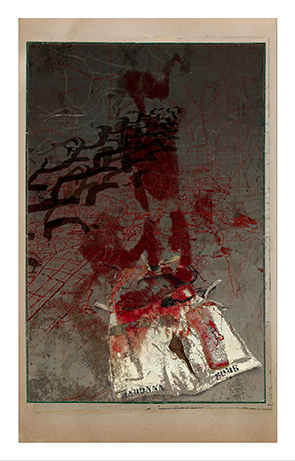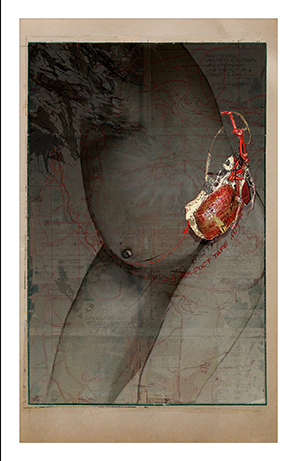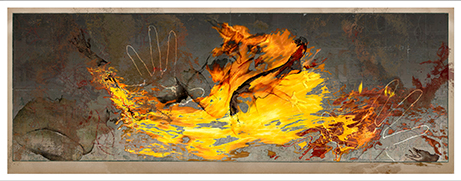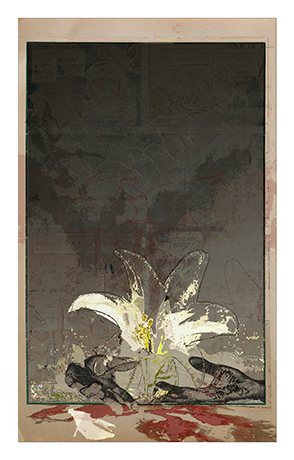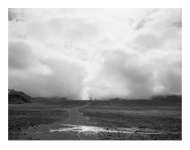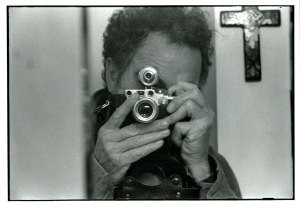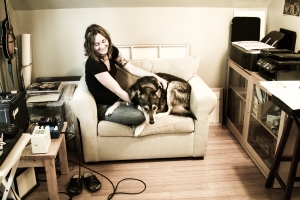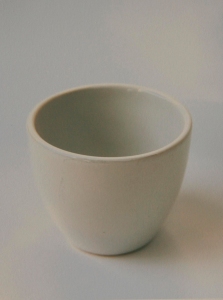Things That Kill curated by Norman Lundin
“Consider, for example, such varied assassins as leaded water, pills, red meat, too much sun…. Consider, for a moment more, that of the many things that kill, countless are appealingly beautiful as well as lethal, seducing artist and viewer. How to handle these “killers” in such a way that the intended expressive implications are conveyed, is as formidable an artistic challenge as engaging the more overt content implied by the show’s title.” -Norman Lundin
Including work by: Fred Birchman, Brian Blackham, Marsha Burns, Joe Crookes, John Fadeff, Ellen Garvens, Jim Holl, Michael Howard, Amy Huddleston, Caroline Kapp, Dianne Kornberg, Riva Lehrer, Brian Murphy, Elizabeth Ockwell, Anne Petty, Glenn Rudolph, Graham Shutt, Kathy Vargas and Evelyn Woods
September 1 – October 29, 2016
Opening Reception: First Thursday, September 1, 6 – 8pm
Artist Interview #54: Kathy Vargas
1. Are you a full time artist, if not how do you support your art?
I teach full time at the University of the Incarnate Word.
2. When did you consider yourself an artist?
I first considered myself an artist at the age of 5 when I got my first (Diana) camera. I got hooked pretty quickly. My uncle was a photographer in Laredo, Mexico and he’d come visit, Graflex in tow. To this day I use Graflex cameras in addition to the more complete Calumet 4×5.
3. What are your influences?
I’ve traipsed through the entire history of photography, in addition to looking at quite a lot of the contemporary work being made, so pretty much any of that would apply. Specific photographic influences are Hans Bellmer and Joel Peter Witkin for the grotesque; Graciela Iturbide and Julia Margaret Cameron for beauty; Duane Michals and Pedro Meyer for the surreal. However, my imagination is even more easily stirred by literature: almost anything by Gabriel Garcia Marquez; Rosario Castellanos’ Balun Canan; Akutagawa’s Cogwheels; Cecile Pineda’s Face and Frieze. Face is particularly relevant to this series.
4. How big is your studio, what kind of lighting?
My 3 bedroom house is my studio, so pretty large. I have two “shooting” rooms: the living room for larger work and a small bedroom for still-life type work. I also have a three room darkroom: one room for printing; one for washing and toning, and one smaller room for drying. I also have a room for painting and framing pieces. Lighting is simple. Usually smaller, simple lights for smaller work and Paul Buff lights when I need to photograph larger or moving subjects.
5. What is a typical day in the studio like for you? Do you listen to music, radio or tv in your studio?
There’s no “typical”. If I’m in the darkroom I listen to music (CDs). If I’m painting I may listen to music or put on a movie. But on certain days the silence is nice too.
6. What is your preferred medium? Do you work on one project at a time or several?
My preferred medium is photography, but I draw and paint on the photographs, and now I’m even drawing on the negatives by scratching them. I’ve also sewn on photos as well as collaged on them, used gold and silver leaf – whatever fits the theme. I work on several series at a time at the beginning, when I’m trying to decide what to do next. However, usually one idea comes forward; then I work almost exclusively on that series. Sometimes I think I’m done (like with the masks) and go on to another series. Then the previous idea recurs in a new way. That’s happened two or three times.
7. Do you have any special or unique tools, devices or process that you use in your art making?
Not really. I guess most people don’t use 4×5 cameras anymore, so maybe that, but that’s about it.
8. What do you do outside the studio, aside from a job?
I write. I started writing lyrics about three or four years ago, when a friend of mine from the old days (I used to do rock and roll photography) decided to do a solo CD. I asked if I could help with text and he said he’d try me out. We wrote about 19 songs in the space of three months: my words, his music. His CD is called Incantation and I wrote the lyrics for half the songs on it. The videos are all over You Tube. Albert used to be a member of Blue Oyster Cult and recently he rejoined them for a few gigs, during which he performed one of our songs “Ravens”, during his solo spot. One of my favorites from the CD is “Road Show,” which is about MY experiences on the rock road, though they do seem to coincide with Albert’s; I also really love “Ghosts”, “Voyeur”, and “Face in Your Mirror.” “Voyeur” is about photography, as you can tell in the video. “Face in Your Mirror” was inspired by Cecile Pineda’s book, Face. There’s an online review with mentions that Albert and I seem to be in sync, music-wise, and we were under Grammy consideration for all of about five days; we didn’t have a chance though, not up against Keb Mo and Greg Allman. Oh well. In addition to writing with/for Albert, I am working on a novel about rock and roll in the 1970s. That’s great fun.
9. In what way is your work a reflection of the theme “Things That Kill”? Is your work for this show in line with or an exception to your usual way of working?
My work for “Things That Kill” is pretty much typical of what I do. The subject of these photos, masks, originated with the “Innocent Age” series. The earlier masks depicted “nicknames”/perceptions I heard parents use in addressing their children: gordo/piggy; fool/stupid; monster, etc. I wondered how many times those “nicknames” became self-fulfilling prophesies. It’s bad enough when children are bullied with those names; it must be horrible to hear your parents say them. The later masks have a different slant, not as a direct relation to childhood, but as a consideration of masks worn inwardly while showing a face of normalcy/innocence to the world, specifically the concealed identities of true monsters: terrorists and murderers. How might they look if we could see their anger and hatred when they walked down the street? And so the masks returned as the hidden face of an evil-doer, reversing the usual face/mask relationship: the bland face lies; the mask is the true identity.
10. How did you approach the subject matter?
As a photographer, I need an actual object to photograph. So I’ve been using mostly Halloween masks. I cut them, stretch them, scar them, or otherwise reshape them. The extra texture added during double exposure also altered the original mask, but I want the surface to look fleshy, like skin, to make sure that the human element is read along with the idea of a monster. Recently I’ve begun to add eyes, so that it looks like there’s a person (maybe trapped) in there; I’m working on those now. Haven’t finished any yet.
11. Are there any anecdotal notes that may give insight to a new viewer about your work in “Things that Kill”?
I think I’ve pretty much covered that, except to say that next time you hear a report about a shooting, check out the killer’s home life. (Didn’t one of those shooters kill his mother first?) Then go to Walmart, listen to the screaming parents and crying children; check out what the parents are saying to their kids, what they’re calling them. It’ll scare the heck out of you; that lack of sensitivity is one sure way to create a real live monster.
